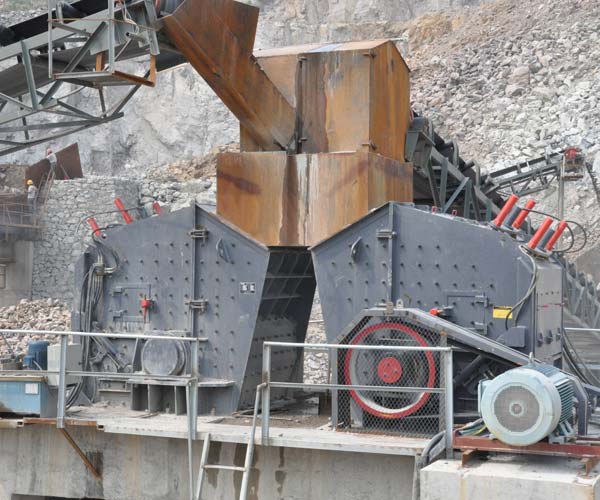
Choosing the right impact crusher for medium fine crushing requires a comprehensive evaluation of several crucial factors. By considering the feed size, material hardness, capacity requirements, power consumption, maintenance, and overall cost, buyers can make a well-informed decision that aligns with their production needs and budget.
24 Online Service
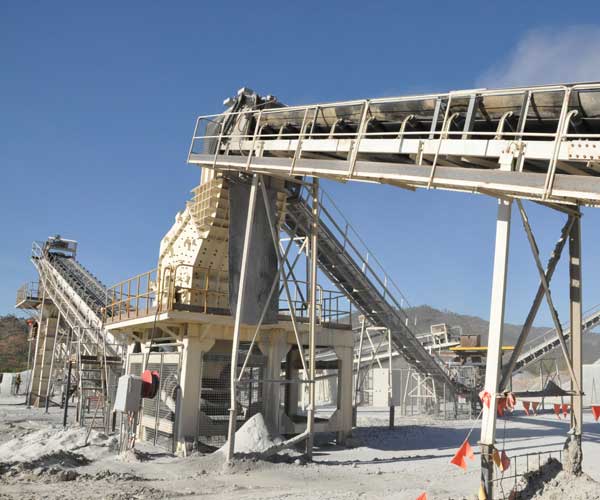
Impact crushers stand tall as powerful workhorses, capable of transforming large rocks and minerals into smaller, more manageable fragments. These machines have revolutionized the crushing process, offering several advantages over other types of crushers for medium-fine crushing.
An impact crusher is a machine designed to reduce large rocks into smaller rocks, gravel, or rock dust. It utilizes a high-speed rotor with wear-resistant blow bars that impact the material, breaking it down into smaller pieces. The impact crushing principle is based on the significant force that occurs when a rapidly moving object strikes another, causing the latter to break or deform.
Raw materials are fed into the crusher through a primary feeder or directly from a loading vehicle. The feed material is guided into the crushing chamber, where it comes into contact with the rotating blow bars.
The high-speed rotor rotates and hurls the material against the stationary blow bars. This collision generates immense force, shattering the material into smaller particles. The angle and speed of the rotor, as well as the type and arrangement of the blow bars, determine the size and shape of the final product.
To achieve the desired product size, impact crushers often feature adjustable outlet settings. By changing the distance between the blow bars and the impact plates, operators can control the size distribution of the crushed material.
Once the material reaches the desired size, it exits the crusher through the discharge opening and is ready for further processing or use.
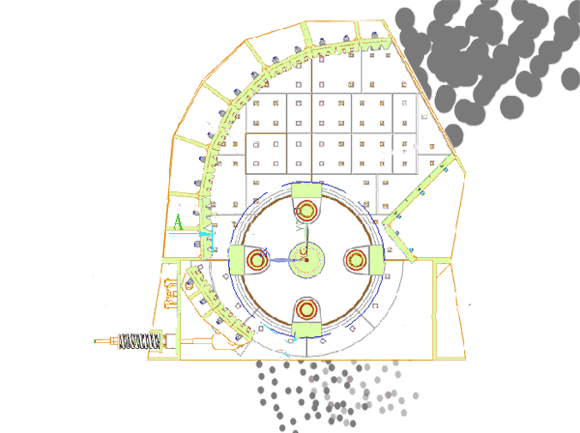
The rotor is the heart of the impact crusher. It consists of a heavy-duty shaft fitted with discs or hammers that spin at high speeds. The kinetic energy of the rotor plays a crucial role in the crushing process.
The blow bars are attached to the rotor and come into direct contact with the feed material. They are made of wear-resistant materials, such as manganese steel or white iron, and are replaceable when worn out.
These are fixed plates that line the inside of the crushing chamber. Their primary function is to redirect the material flow after it has been impacted by the blow bars, ensuring further reduction of larger particles.
Also known as breaker plates, these components serve as additional protection for the mainframe against wear caused by the impact of the crushed material.
This feature allows operators to control the final product size by adjusting the distance between the impact plates and the blow bars.
Unlike compression crushers (e.g., jaw or cone crushers), impact crushers operate on the principle of selective crushing. This means that they break the material along natural lines, allowing for superior shaping and consistent product gradation.
The fast rotation of the rotor generates the tremendous force needed for impact crushing. The kinetic energy of the rotor is transferred to the material upon impact, breaking it down into smaller particles.
The initial impact between the material and the blow bars results in particle acceleration, increasing the probability of fracture and ensuring efficient crushing.
Impact crushers can run continuously, making them suitable for large-scale operations that demand high production rates.
Impact crushers can handle a wide range of materials, including soft, medium-hard, and hard rocks. They are ideal for processing materials with a high silica content or those containing abrasive substances.
Due to the high impact forces, impact crushers produce a more cubical-shaped end product, which is desirable for many construction and infrastructure projects, as well as for the manufacturing of concrete and asphalt.
The design of impact crushers ensures easy maintenance and replacement of wear parts, such as blow bars and impact plates. This results in reduced downtime and lower overall maintenance costs.
Impact crushers generally operate at a higher speed than compression crushers, making them more energy-efficient. Additionally, they do not require high energy inputs for the crushing process itself.
In comparison to cone crushers, impact crushers tend to produce fewer fines, which is beneficial for certain applications where excessive fines could be problematic.
Impact crushers are well-suited for recycling applications, as they can handle reinforced concrete, asphalt, and other construction and demolition waste materials effectively.
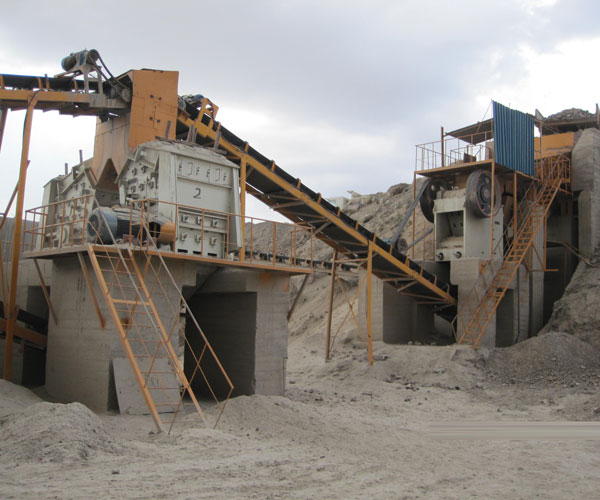
In the world of crushing equipment, impact crushers have emerged as vital machinery, reshaping the way materials are processed across multiple industries. These powerful machines are designed to break down a wide range of materials, offering efficient medium-fine crushing capabilities. From mining and construction to recycling, their applications have transcended traditional crushing techniques.
In the mining industry, the demand for robust and efficient crushing solutions is paramount. Impact crushers have risen to the challenge by offering high throughput rates and exceptional reduction ratios. These crushers are widely used in primary, secondary, and tertiary crushing stages, making them indispensable for various mining operations.
One of the most common materials processed by impact crushers in mining is hard rock ores such as limestone, granite, and basalt. These materials are known for their high compressive strength and are challenging to break down using traditional crushing methods. Impact crushers excel in reducing these tough materials into more manageable sizes, ensuring efficient processing in downstream operations.
Construction projects often require on-site crushing of materials to reduce transportation costs and environmental impacts. Impact crushers have found a significant role in the construction industry due to their mobility, versatility, and ability to handle a wide variety of materials.
Concrete recycling is a prime example of how impact crushers are used in construction. Demolished concrete structures are crushed into reusable aggregates, minimizing the need for new materials and reducing waste. Impact crushers are well-suited for this task, as they can handle reinforced concrete and asphalt rubble, turning them into valuable building materials for road bases and foundations.
The recycling industry has embraced impact crushers as an essential tool for processing diverse waste materials. From waste to industrial scraps, impact crushers play a crucial role in transforming recyclables into reusable products.
For instance, impact crushers are extensively used in glass recycling. Glass bottles and containers are crushed into cullet, which serves as a raw material in the production of new glass products. Impact crushers offer controlled particle size reduction, ensuring uniformity in the cullet, resulting in high-quality glass production.
The versatility of impact crushers lies in their ability to handle an extensive range of materials, from soft to hard and from brittle to ductile. This adaptability makes them suitable for diverse applications beyond the aforementioned industries.
Impact crushers can effectively process materials like gypsum, limestone, and phosphate. These materials are comparatively less abrasive and can be processed with impact crushers in their natural state, without the need for pre-treatment.
As mentioned earlier, hard rock ores like granite and basalt are effectively crushed by impact crushers due to their high compressive strength. These crushers use kinetic energy to break down the materials, making them particularly efficient in handling hard substances.
Impact crushers are well-suited for processing brittle materials like coal, salt, and various industrial minerals. They operate on the principle of rapid impact to break these materials into smaller particles, ensuring minimal fines generation.
Impact crushers can also handle ductile materials like iron ore and copper ore. While these materials are relatively soft and ductile, impact crushers can efficiently process them into smaller sizes without causing excessive wear on the machine.
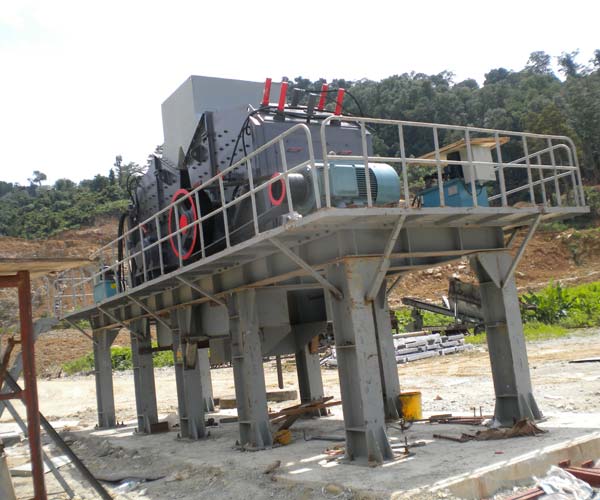
Selecting the right impact crusher for medium fine crushing is crucial for maximizing productivity, efficiency, and overall profitability in various industries. An impact crusher is a versatile and widely used machine designed to crush a variety of materials into smaller particles.
The market offers a wide array of impact crusher configurations and features, each designed for specific applications and industries. Some key configurations to consider are:
Ideal for soft to medium-hard materials, HSI crushers deliver high reduction ratios and are well-suited for primary or secondary crushing stages.
Best suited for tertiary and quaternary crushing, VSI crushers produce finely shaped cubical end products and excel in producing manufactured sand.
These versatile machines combine impact crushing with screening capabilities, offering a closed-circuit solution for finer product sizes and efficient material handling.
Portable crushers with self-contained diesel engines provide mobility and can be deployed in remote areas without access to external power sources.
Buyers should conduct a cost-benefit analysis, considering factors like initial purchase cost, maintenance expenses, wear parts replacement costs, and energy consumption. This analysis will help them make an informed decision that aligns with their budget and long-term operational goals.
Our Projects
Copyright © ZENITH, All Right Reserved.
